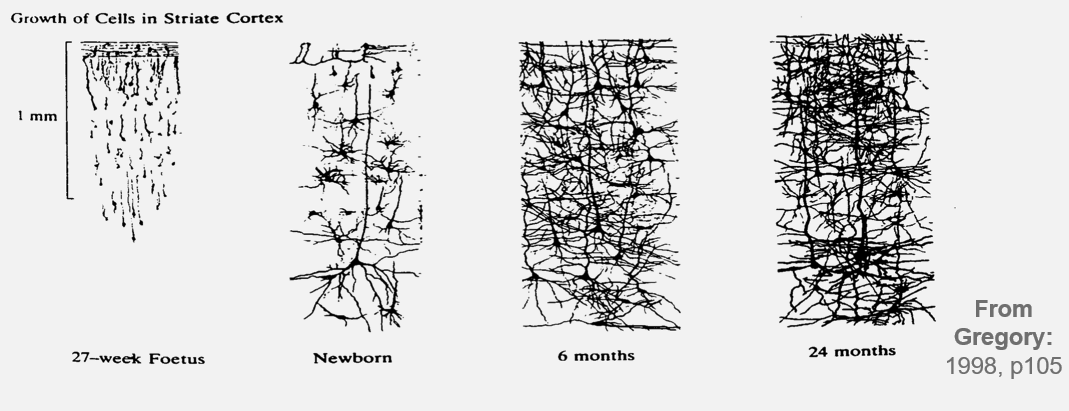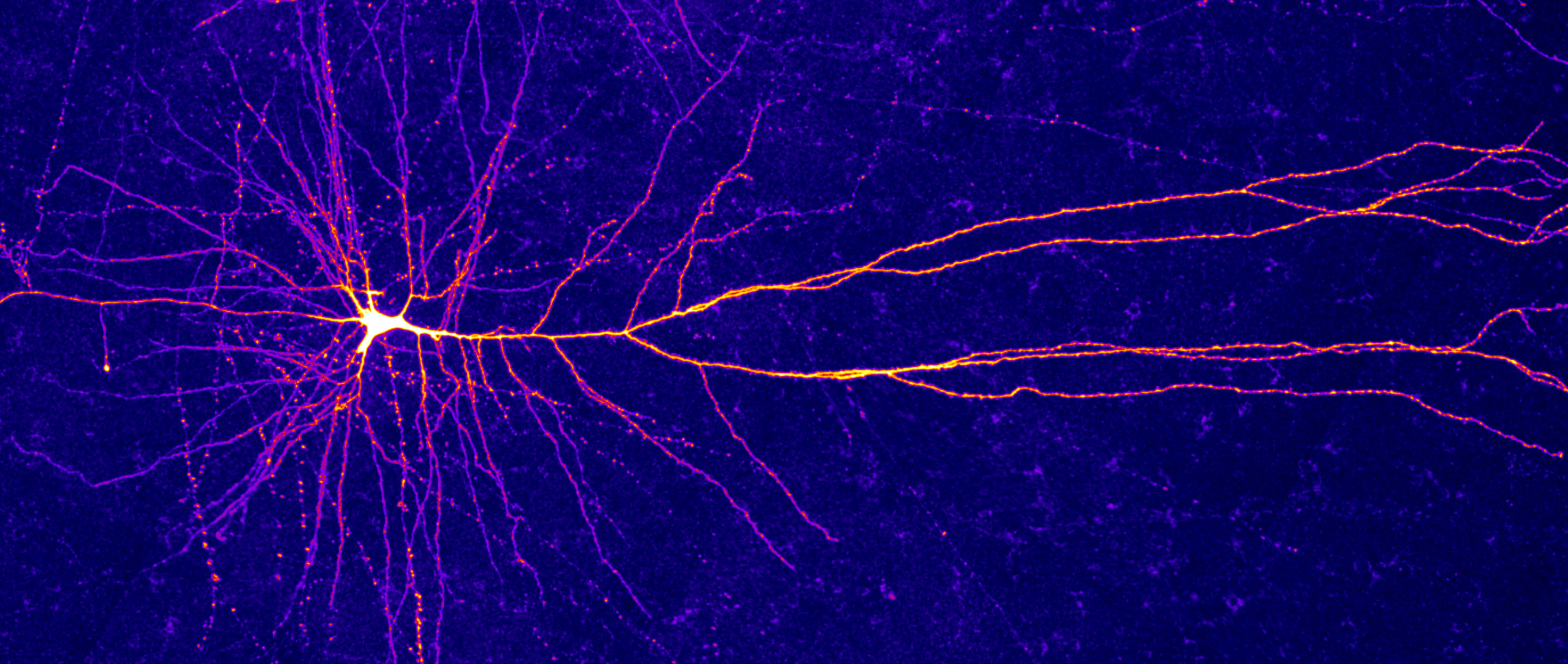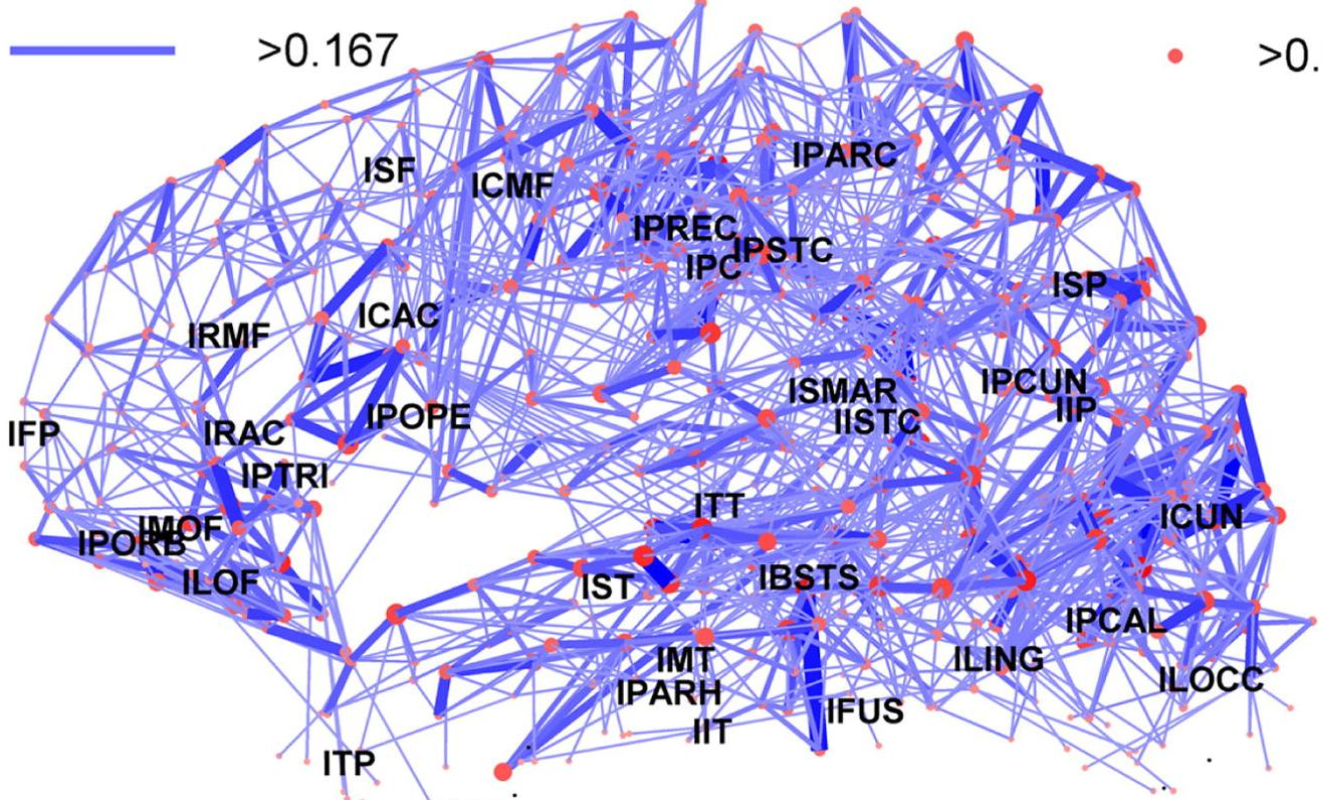
A neuron is a cell that forms electrical links to other neurons. Neurons in the embryo brain spread like plant roots in a dense mat, to explore every link (Figure 6.35), but only those that are used survive. Neural Darwinism is that neurons compete to survive in the brain, as species do in the world, so unused nerves wither away over time (Edelman, 1987).

A neuron has up to five thousand dendrites (Figure 6.36), so it must find the combinations with others that make it fire as fast as possible, or it won’t survive. It isn’t easy with so many combinations and noise, random firing not due to signal input, makes it much more difficult.
Neuron tubulins can synchronize adjacent dendrites to reduce signal noise. It has been found that pyramidal dendrites don’t spike if their inputs differ, even when either input alone gives a spike (Gidon, 2020). If nearby dendrites agree, they both fire but if not, neither does. The computing result is an XOR gate (Note 1), a function that classical computing needs two steps to do, not the expected AND/OR gate. Quantum coherence lets nearby dendrites observe signals in a unified way, as they must agree to fire in an XOR operation that reduces signal noise.
Instead of a dumb transistor that just adds inputs, each nerve is a processing network whose dendrite layer purifies the data by inhibiting erratic input (Cepelwicz, 2020). Nerves use molecular quantum effects to enhance their function:
“Physicists thought the bustle of living cells would blot out quantum phenomena. Now they find that cells can nurture these phenomena – and exploit them.” (Vedral, 2015).

Some neuroscientists now see the brain as a neural net (Figure 6.37) that can use quantum effects to explore its trillions of links by exponential learning (Yang & Zhang, 2020).
Note 1. An eXclusive OR operation compares two input bits and generates zero if the bits are the same and one if the bits are different. The XOR logic is widely used in cryptography.